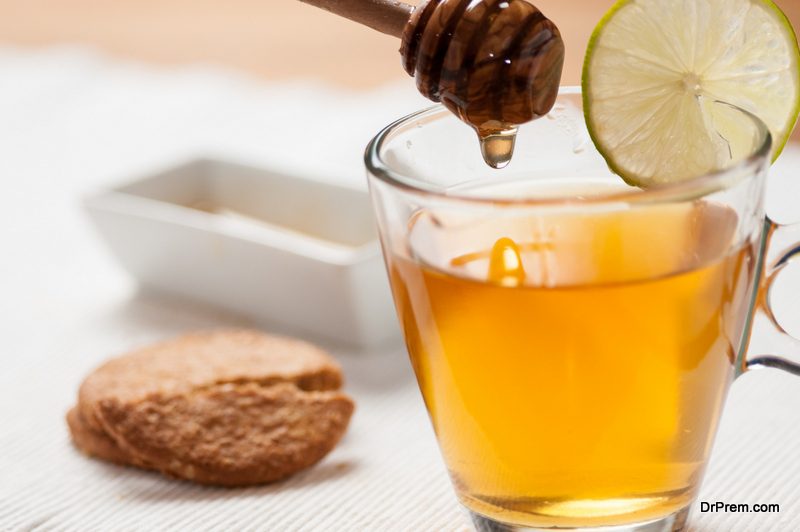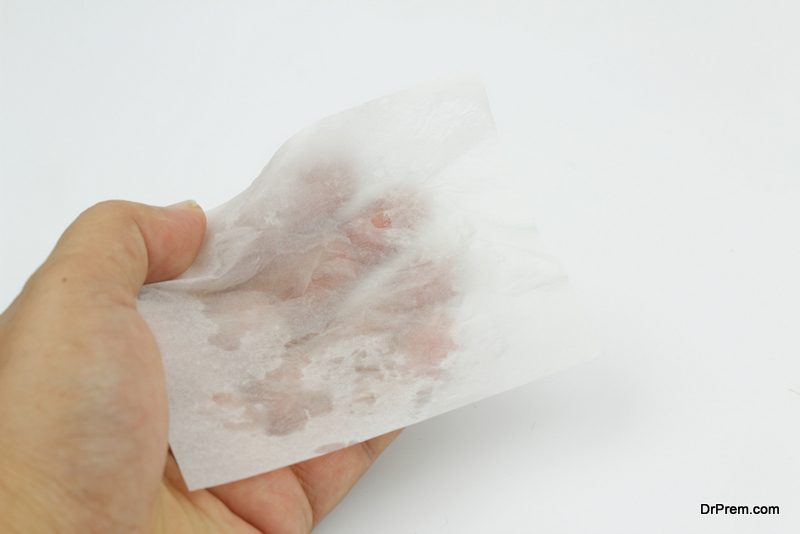Corn syrup, molasses, sugar syrup, dextrose, maltose, starch, and flour are all used to contaminate honey. This increases it in quantity thereby fetching better returns in the commercial place. So, checking the purity of honey is a must before you finally decide to buy it as it helps you avoid falling prey to malpractices. Furthermore, we shouldn’t even let popular brands fool us. According to a recent study by FSSAI, more than two-thirds of milk in developing countries like India is adulterated. Although, there hasn’t been a study backing the facts, however, you can say pretty much the same about honey. Therefore, it is important to ascertain how pure is the honey that you are buying.
Some facts about honey
Honey is the only food known to man that can survive the test of time. A jar of honey can withstand decomposition for up to 3000 years without going rotten. Thus, it’s safe enough to assume that honey never goes bad. However, adulterations made in honey speed up its expiry and considerably reduce its nutritive content too.
There are a few techniques by which you can figure out if your honey is pure or adulterated. Some tests are visual and can be done before you buy the product, and some need to be done at home after you buy it. Let’s have a look at them.
Investigating before buying:
 A major portion of work goes into buying the right kind of honey before you even begin to test it for purity. Even if the container of commercially available honey says that it contains pure honey, it doesn’t mention how much.
A major portion of work goes into buying the right kind of honey before you even begin to test it for purity. Even if the container of commercially available honey says that it contains pure honey, it doesn’t mention how much.
There is no description of how much pure honey it contains and if there are any additives. And if the bottle says that it contains additives, then it definitely does.
There are subtle, apparent differences between pure and adulterated honey, and most of them are visible to the naked eye. Here are some simple and easy ways for checking the purity of honey.
- Check the package of the honey brand. If the list of ingredients says ‘contains additives’ then there is a high possibility it is adulterated.
- If there is a free sample being offered, don’t hesitate to take it. A thick and viscous texture is indicative of pure honey.
- If the honey appears quite dark and brown, chances are it is unadulterated.
Home tests:
Although there are innumerable tests on an industrial level for spotting fake honey, not everyone can use these principles in a domestic household. Which is why, a few tests have been designed in accordance with the content of pure honey.
These chemical tests are not scientifically accurate but will give you a clear idea if your honey is adulterated or not, and to what extent.
1. Viscosity test:
 Pure honey is thick and will seldom flow when you allow it to trickle down a slope. Adulterated honey, however, will start running down a slant plane since it is usually quite watered down by its additives like sugar syrup, glucose, and molasses.
Pure honey is thick and will seldom flow when you allow it to trickle down a slope. Adulterated honey, however, will start running down a slant plane since it is usually quite watered down by its additives like sugar syrup, glucose, and molasses.
2. Flame test:
Now this test for checking the purity of honey can be a little risky to perform and must be tried only as the last resort. A lot of us don’t know that pure honey is inflammable in nature. To test it, dip a matchstick in your sample of honey and use it to strike a spark.
It the matchstick works fine, your honey is pure. Adulterated honey often has plenty of moisture in it which won’t allow the ignition of the matchstick.
3. Water test:
 Honey is not easily soluble in water. So, when you mix a spoonful of the honey sample to be tested in a glass of water, adulterated honey is more likely to form a homogenous mixture. Real honey is darker in colour and thicker than adulterated honey.
Honey is not easily soluble in water. So, when you mix a spoonful of the honey sample to be tested in a glass of water, adulterated honey is more likely to form a homogenous mixture. Real honey is darker in colour and thicker than adulterated honey.
The former will settle down at the bottom of the container forming lumps but can never go on to become homogenous. This is one of the best tests for checking the purity of honey which doesn’t require any chemicals and fancy equipment.
4. Heat test:
This is another trustworthy test for checking the purity of honey. Real honey will become caramelised and quickly form a thick paste when heated in a container. Contaminated honey, on the other hand, will only form bubbles and may even stick to the bottom. However, make sure you only heat a little bit of the sample for best results.
5. Vinegar test:
 This chemical test is quite simple and pretty reliable too. All you need to do is mix a spoonful of your honey sample with a few drops of vinegar and water. Pure honey will hardly be affected. But if your mixture foams and swells, there is a high chance it is adulterated.
This chemical test is quite simple and pretty reliable too. All you need to do is mix a spoonful of your honey sample with a few drops of vinegar and water. Pure honey will hardly be affected. But if your mixture foams and swells, there is a high chance it is adulterated.
6. Ant test:
Research has shown that ants are pretty attracted to adulterated honey due to its high sugar content. Pure honey contains dense nutritious components that don’t go down well with ants. This method for telling pure or adulterated honey is not foolproof, but can give you a quick gist of how clean your sample of honey really is.
7. Blotting paper test:
 This test involves using a blotting paper for checking the purity of honey and confirming it. Place a drop of your sample of honey on a blotting paper. If it leaves a watermark or wets the paper, the sample isn’t the purest.
This test involves using a blotting paper for checking the purity of honey and confirming it. Place a drop of your sample of honey on a blotting paper. If it leaves a watermark or wets the paper, the sample isn’t the purest.
Final Verdict:
Honey is one of the best alternatives to sugar. It is healthy, nourishing, and you can even use it to give your hair a treatment. However, using adulterated honey will only affect your health in the most unpleasant of ways. True that contaminated honey is pretty inexpensive and easily available, it is not the best option to consider.
Therefore, make it a point to hunt for honey in its purest form, even if that means shelling out a few bucks extra. Spotting fake honey is simple, but you need to get out there and implement these techniques personally.
So, take some time out of your busy schedule for checking the purity of honey to have a look at what you are consuming and if it is completely pure or not. With regular checking, this action will become a habit which will only prove advantageous in the years to come.




